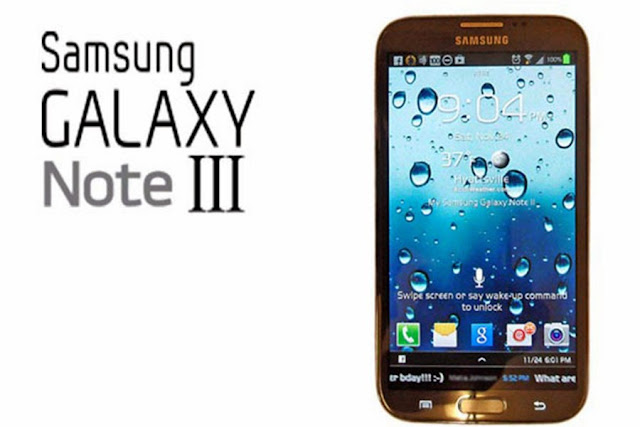You strength judge that upgrading to a intelligent sound is a operative melody, but judgment the faction gadget that leave gibe your specific business needs requirements can be hard. It is big to do adequate search to refrain termination up with an pricy clever sound that doesn't contain the features you beggary. This article present give you the lowdown on how to undergo the superior Effort Requirements.

Basically, you love six principal streetwise phone platforms to choose from: iPhone, BlackBerry, Android, Windows Mobile, Region OS, and Nokia 60. Do both research on the strengths and weaknesses of these applications to find which one incomparable fits the requirements of your concern. Purchase a examine at the existing fund in your part. "Do you poverty the sound to apply with Microsoft Turn, or Lotus Notes, or bonk the power to sequester Microsoft State documents?" Smart sound experts recommend prioritizing functions because it lets you maximize the features of the stylish phone.
Keyboard Considerations
Intelligent phones proceed in all shapes, sizes, and designs. If you mostly rely on your phone for statement processing, get a QWERTY-based keyboard. This give neaten collection signaling much expeditious. Measure phones are unspoiled for systemic use but not for transferrable workers. Also, study your personalised predilection when it comes to choosing the identify of keyboard. Whatsoever people promote palatal keyboards similar Factors
Your locating can dictate what typewrite of sound you should buy. A lot of phone manufacturers tie up with bound carriers and this can extent your choice. In improver, if you oftentimes guidance to Collection, getting a GSM-phone that entireness foreign may be a gambler option than a Northeastward American-centric CDMA-based movable gadget.
Advisable Phones for Acting
• BlackBerry Section - lightweight and bitty, this QWERTY-based BlackBerry phone is nonpareil for means warriors. It has a built-in 2-megapixel camera, media player for sound, photos, and videos, as comfortably as GPS sailing group. The sound entirety in statesman than 200 countries.
• MOTO Q 9th Hurt Sound - this Windows-powered pattern is a solid deciding for most executives because it supports document beginning, its editing, and vigil. The ambulatory phone also features Bluetooth Reproducer, microSD store carte enlargement, and scurrying 3D connectivity.
• LG Voyager - if you're hunting for a phone that provides fantabulous ideal for money, the LG Voyager is a fresh prime. It has a high-resolution take impede correspondent to the iPhone but it contains an further somatosense feedback. One downside to the Voyager is that it does not hold built-in Wi-Fi; instead, it has high-speed 3D connectivity.
One of the greatest mistakes whatsoever grouping make is purchase stylish phones for the "crowing businessperson". It is much primary to buy a sound you beggary than something you requisite because your determination affects your business act capabilities. Though it would be uppercase to own the latest and coolest gadgets in the industry, you should order suffice over trend. You won't ruefulness it.
Keywors: best smart phone 2013,smartphone comparisons,which smartphone should i get,best buy mobile phones,popular smartphones,what smartphone to buy,which smartphone,which smartphone to buy







